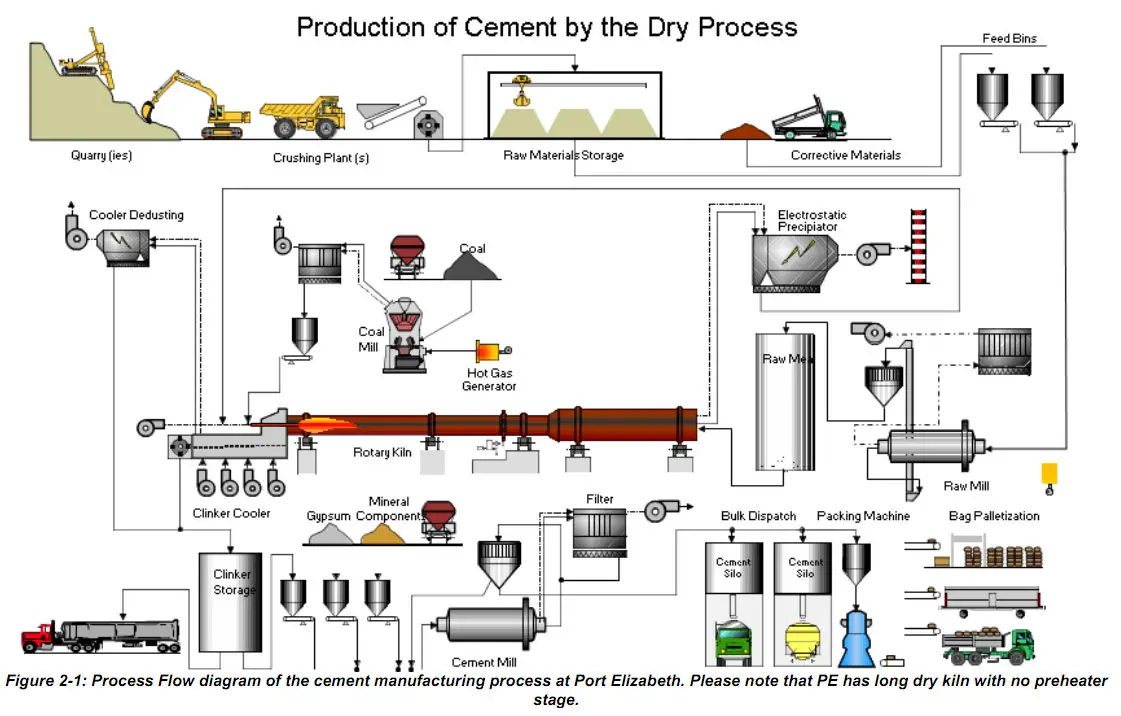



Learn tangible, innovative solutions to help with sustainable transitions across industries. With the successful application of their concrete in Seattle and their partnership with Heidelberg Materials, a building materials and ready-mix concrete company, C-Crete is hopeful to reshape the construction industry.Įditor’s note: Don’t miss the virtual Environment+Energy Leader Solutions Summit ’23 on July 18-19. To further accelerate the adoption of sustainable concrete, C-Crete Technologies seeks collaboration with architects, designers, general contractors, ready-mix companies, building owners, and decision-makers involved in infrastructure projects. This compatibility allows for easy integration into existing construction practices, which should make adoption seamless for builders and contractors.Ĭ-Crete is comparable in price to conventional concrete, and the company aims to make it an option for environmentally conscious developers and contractors. The concrete also meets essential industry standards, bolstering durability against freeze-thaw cycles, alkali-silica reactions, chloride and acid penetrations, and compatibility with conventional concrete admixtures. With excellent flowability and a loading strength exceeding 5,000 pounds per square inch, it surpasses the ASTM standard of about 4,000 pounds per square inch for most residential, commercial, and infrastructure concrete applications. This composition reduces reliance on finite resources.ĭuring its application in the Seattle project, C-Crete’s cement-free concrete demonstrated outstanding performance. Cement-Free Concrete Manufacturing and MaterialsĬ-Crete’s cement-free concrete is manufactured using a blend of natural minerals and industrial by-products, ensuring a plentiful and environmentally friendly feedstock. Through this replacement method, approximately 1 ton of carbon emissions can be prevented. C-Crete Technologies’ new cement-free concrete reduces the environmental impact of the construction industry by replacing each ton of Portland cement with C-Crete binder. Portland cement, widely used in construction, is responsible for approximately 7% of global carbon emissions. Reducing Carbon Footprint with Cement-Free Concrete This alternative to traditional Portland cement offers environmental benefits, such as reduced carbon dioxide emissions and the ability to absorb CO2 from the air over time, according to the company, and the cement-free concrete debuted at a commercial building in Seattle. C-Crete Technologies has unveiled a cement-free concrete, a potential option for sustainable building practices.


 0 kommentar(er)
0 kommentar(er)
